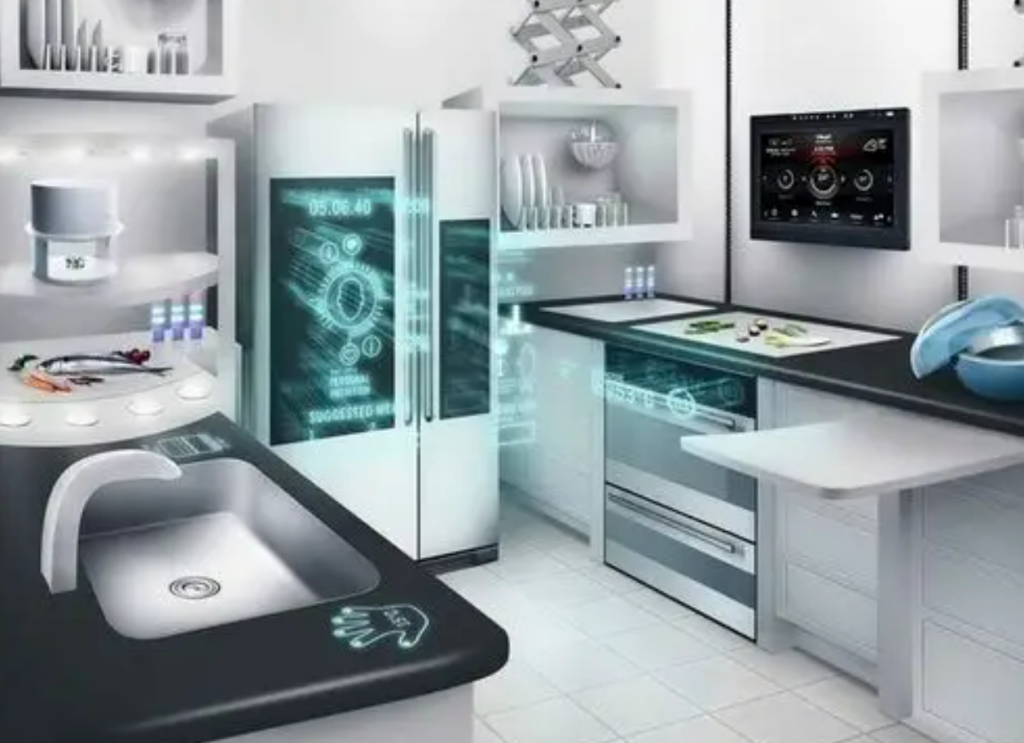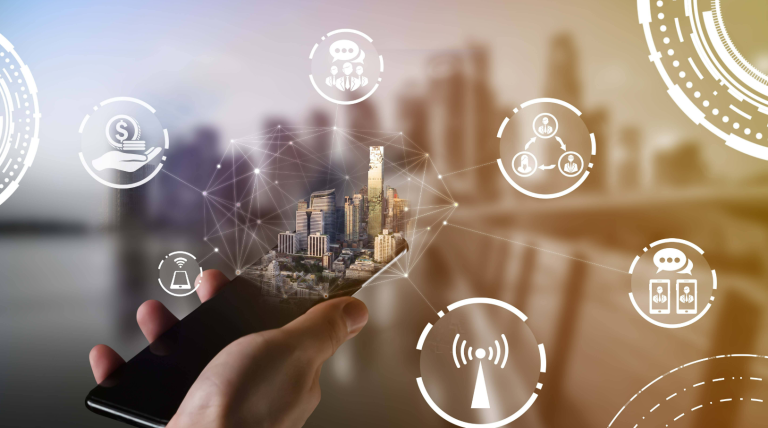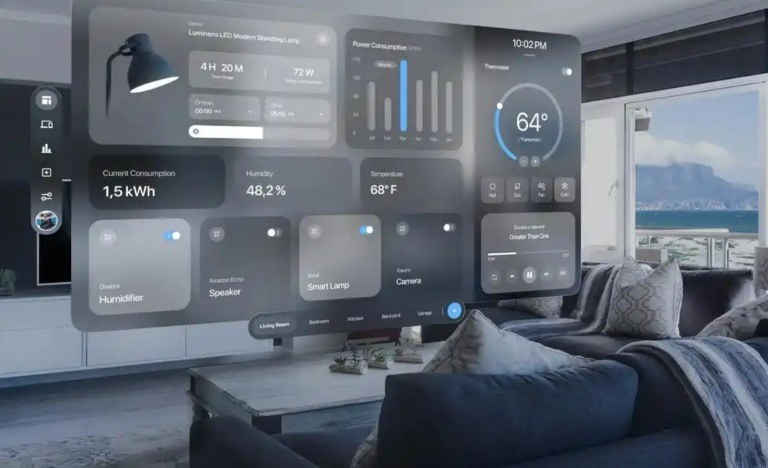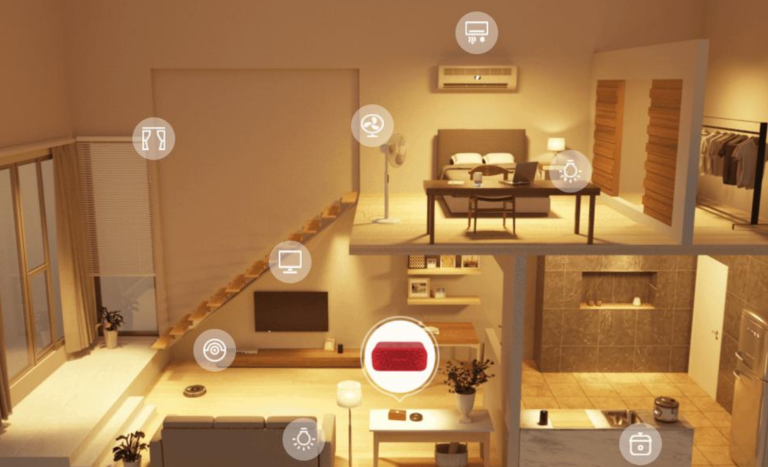

What Do You Know About the Future Trends of Smart Homes?
Introduction: The Smart Home Revolution
Imagine a home that greets you with the perfect lighting, adjusts the temperature to your mood, and even orders groceries before you realize you’re out of milk. This isn’t a distant dream—it’s the near future of smart homes, where AI, hyper-connectivity, and sustainability converge to redefine modern living. By 2030, smart homes will evolve from reactive gadgets to proactive companions, anticipating needs and solving problems before they arise. Let’s explore the top trends shaping this transformation.
1. AI-Powered Personalization: Your Home Learns You
Predictive Automation: Anticipating Your Needs
Future smart homes will use generative AI to analyze your routines and preferences, automating tasks like adjusting thermostats, lighting, and even scheduling appliance maintenance. For example, your fridge might suggest recipes based on expired ingredients, while your blinds lower at sunset—without a single command.
Emotion-Sensing AI: Mood-Based Adjustments
Emerging tech will enable devices to detect stress or fatigue via voice tone or facial cues, triggering calming lighting or playing soothing music. Samsung’s Vision AI TV, for instance, already adapts content based on viewer engagement.
2. Voice Control 2.0: Beyond Basic Commands
Context-Aware Conversations
Next-gen voice assistants like Google’s Gemini or Amazon’s Alexa will handle multi-step requests (e.g., “Plan a movie night” dims lights, orders pizza, and queues Netflix).
Multi-Language and Dialect Support
AI will better understand accents and regional dialects, making voice control accessible globally.
3. Hyper-Connectivity: 5G and IoT Expansion
Real-Time Device Synchronization
With 5G and Wi-Fi 6, smart devices will communicate instantly, enabling seamless coordination—like lights flashing red if a smoke alarm detects fire.
Edge Computing for Faster Responses
Local data processing (e.g., via SmartThings Hub) reduces cloud reliance, ensuring your door unlocks even during internet outages.
4. Energy Efficiency and Sustainability
Smart Grids and Renewable Integration
Homes will sync with solar panels and community energy grids, selling excess power back to utilities.
AI-Optimized Energy Consumption
Devices like AI thermostats will learn occupancy patterns, cutting energy waste by 30%.
5. Advanced Security: Biometrics and AI Surveillance
Facial Recognition and Behavioral Analytics
Cameras will distinguish family from intruders and alert you if a child wanders into a restricted area.
Self-Healing Security Systems
AI will patch vulnerabilities automatically, like updating firmware to block new hacking methods.
6. Health-Focused Smart Homes
Air Quality and Sleep Monitoring
Sensors will track CO2 levels and adjust ventilation, while smart beds optimize sleep positions.
Telehealth-Integrated Devices
Fridges might monitor nutritional intake, and mirrors could scan for skin abnormalities.
7. Smart Kitchens: The AI Chef Era
Inventory Tracking and Auto-Grocery Orders
Your fridge will scan barcodes and order milk via Amazon Dash.
Recipe-Guided Cooking Automation
Smart ovens will preheat and adjust settings based on the dish you’re cooking.
8. Augmented and Virtual Reality Integration
Virtual Home Customization
Use AR apps to visualize furniture placements or wall colors before buying.
Immersive Entertainment
VR living rooms could transform into concert halls or gaming arenas.
9. Robotics in Smart Homes
Domestic Helper Robots
Robots like Samsung’s JetBot will vacuum, mop, and even sort laundry.
Maintenance and Repair Bots
Tiny drones might inspect HVAC systems for leaks.
10. Challenges and Considerations
Privacy Concerns and Data Security
With great convenience comes risk. Encryption and local data storage (e.g., Apple’s HomeKit) will be critical.
Interoperability and Standardization
Not all devices speak the same “language.” Matter Protocol aims to fix this.
Conclusion: The Smart Home of Tomorrow
The future smart home isn’t just about gadgets—it’s about seamless, intuitive living. From AI chefs to self-securing doors, these innovations promise unparalleled convenience, sustainability, and safety. The question isn’t if you’ll adopt them—it’s when.
FAQs About Future Smart Home Trends
1. Will smart homes replace human interaction?
No—they’ll handle chores so you can focus on what matters, like family time.
2. Are voice assistants always listening?
Most process commands locally; disable always-on modes for privacy.
3. How expensive will future smart homes be?
Costs are dropping; start with a $50 smart plug and scale up.
4. Can renters install smart home tech?
Yes! Opt for wireless, non-invasive devices like smart bulbs.
5. What’s the biggest hurdle for smart homes?
Interoperability—brands must agree on universal standards.






